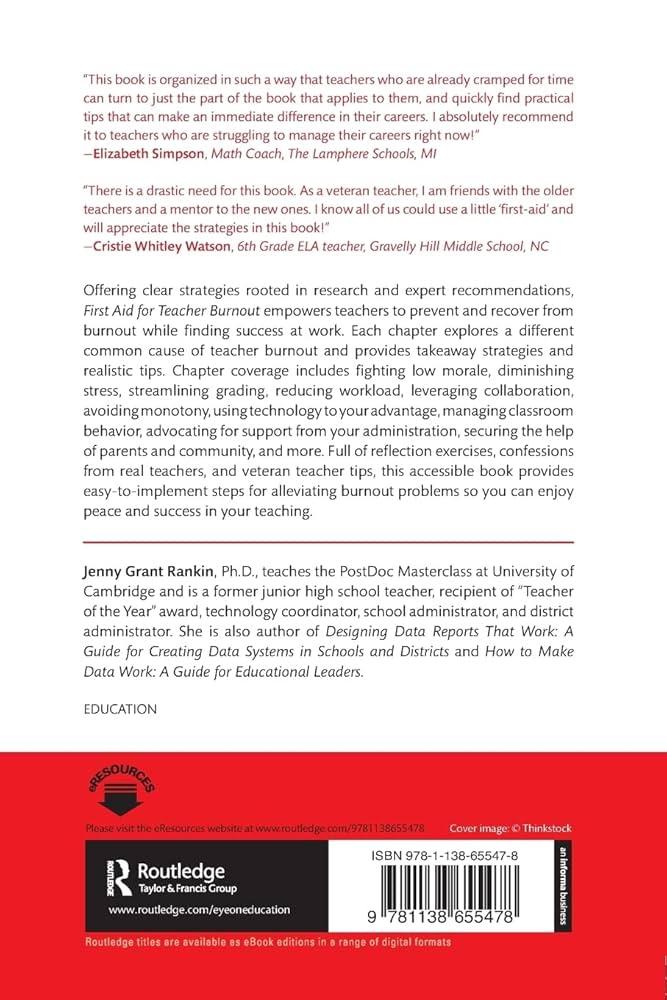Ethiopia Confronts Unprecedented Drought Amid Escalating Climate Crisis
Ethiopia is currently enduring one of the most severe droughts in its history, intensifying an already critical climate emergency that jeopardizes the well-being of millions. Erratic rainfall patterns combined with rising temperatures are destabilizing the nation’s agricultural foundation, pushing countless communities toward famine conditions. Experts characterize this drought as among the harshest in recent decades, spotlighting urgent concerns over water scarcity, food security, and national resilience in a country long challenged by its diverse and often unforgiving climate. While government agencies strive to deploy effective interventions and international humanitarian groups rush to deliver vital aid, the human cost continues to mount-underscoring an immediate need for robust climate action plans and sustainable development frameworks within one of Africa’s most populous nations.
Escalating Water Scarcity: Ethiopia’s Struggle with Historic Drought and Climate Stress
Ethiopia faces a deepening water crisis fueled by prolonged drought conditions worsened by global climate change. The sharp decline in consistent precipitation has drastically undermined agricultural output, triggering widespread food shortages and increasing malnutrition risks among vulnerable groups. Several key drivers contribute to this alarming scenario:
- Declining Rainfall: Many regions report significant drops in annual rainfall totals, critically reducing available freshwater resources.
- Climate Instability: Rising average temperatures coupled with unpredictable weather patterns disrupt traditional farming cycles and threaten crop viability.
- Population Growth Pressures: Rapid demographic expansion escalates demand for limited water supplies, compounding resource stress.
In response, Ethiopian authorities alongside international partners are advancing sustainable water management initiatives aimed at both immediate relief and long-term resilience building:
| Program | Description |
|---|---|
| Rainwater Collection Systems | Installation of infrastructure designed to capture seasonal rains for use during dry periods. |
| Efficient Irrigation Methods | The adoption of drip irrigation techniques minimizes water waste while maximizing crop hydration. |
| Sustainability Education Campaigns | Aims at raising awareness about prudent water usage practices within local communities. |
These efforts seek not only to alleviate current hardships but also prepare Ethiopia for future environmental uncertainties. Continued collaboration between domestic stakeholders and global entities remains crucial.
Agricultural Disruptions Threaten Food Security Amid Intensifying Weather Extremes
The ongoing climatic upheaval has profoundly disrupted Ethiopia’s farming sector-once a reliable source of sustenance now imperiled by persistent drought conditions that decimate staple crops. This decline precipitates soaring food prices that disproportionately affect rural households dependent on agriculture for income.
Beyond immediate yield losses lies a broader threat: soil degradation accelerates as aridity increases while dwindling groundwater reserves limit irrigation potential-jeopardizing future harvests.
Addressing these multifaceted challenges requires comprehensive strategies including:
- Cultivation Diversification: Promoting resilient crop varieties such as millet or cowpeas can reduce vulnerability linked to single-crop dependence.
- Agricultural Innovation Access: Facilitating farmer access to modern tools like drought-tolerant seeds or precision farming technologies enhances adaptive capacity.
- Strengthening Social Safety Nets: Expanding support mechanisms helps buffer farmers against shocks while enabling recovery pathways. [Source]
- Tailored Policy Frameworks: Government-led policies emphasizing climate-smart agriculture are essential for securing long-term productivity gains.
The table below illustrates projected reductions in yields across major crops due to ongoing drought impacts:
| Agricultural Crop | Drought-Affected Projected Yield (Tons) th > < / tr > < / thead > | |
|---|---|---|
| Teff (Eragrostis tef) td > | 1 ,900 ,000< / td > | 750 ,000< / td > < / tr > |
| Milo (Sorghum bicolor) td > | 2 ,100 ,000< / td > | 680 ,000< / td > < / tr > |
| Name Of Initiative Name Of Initiative Description Measurable Impact Climate Resilience Investment Fund Provides capital support targeting projects enhancing adaptation capabilities Increased farm yields & improved household food security |
|---|
| Ethiopian Climate Adaptation Fund This fund supports local projects focusing on improving resilience against extreme weather events. The initiative has led to increased adoption rates of conservation agriculture among smallholder farmers. The combination of homegrown innovation supported by external partnerships offers hope that Ethiopia can navigate its present crisis while laying foundations for a more resilient future. Final Thoughts: Navigating Ethiopia’s Climate Crisis Toward Sustainable RecoveryAs Ethiopia confronts one of its gravest environmental emergencies marked by prolonged drought intensified through global warming effects,the imperative for decisive action grows ever stronger. Millions face escalating hunger risks alongside diminishing natural resources-a dual challenge demanding coordinated responses from government bodies,international donors,and grassroots organizations alike. While short-term relief efforts remain critical,the emphasis must shift toward embedding durable solutions encompassing advanced agricultural methods,sustainable resource management,and inclusive policy reforms designed specifically around climate adaptation needs. Only through sustained commitment combined with collaborative innovation can Ethiopia hope not just survive but thrive amid mounting ecological pressures.This pivotal moment calls upon global solidarity focused on empowering vulnerable populations while safeguarding their environment-for today’s generation and those yet unborn. |

